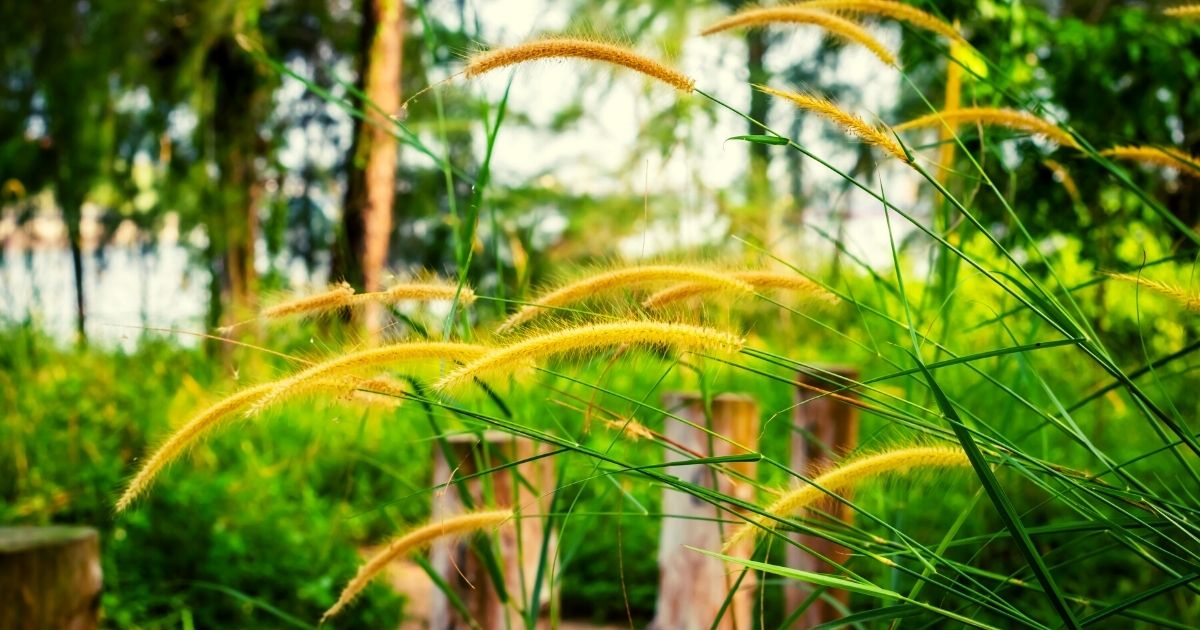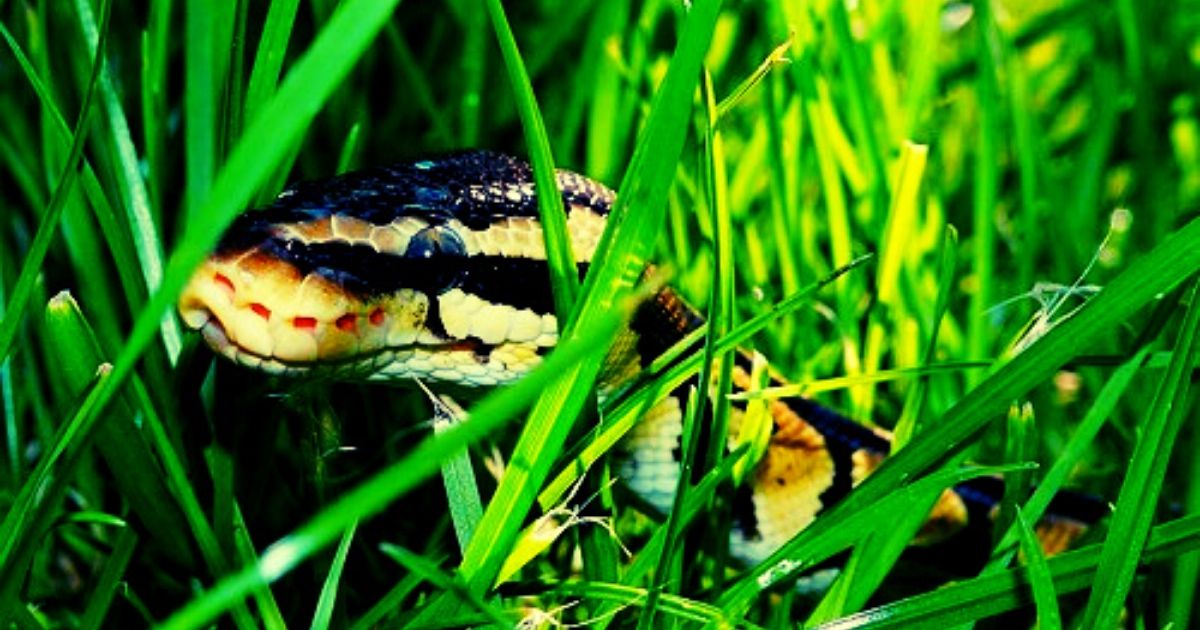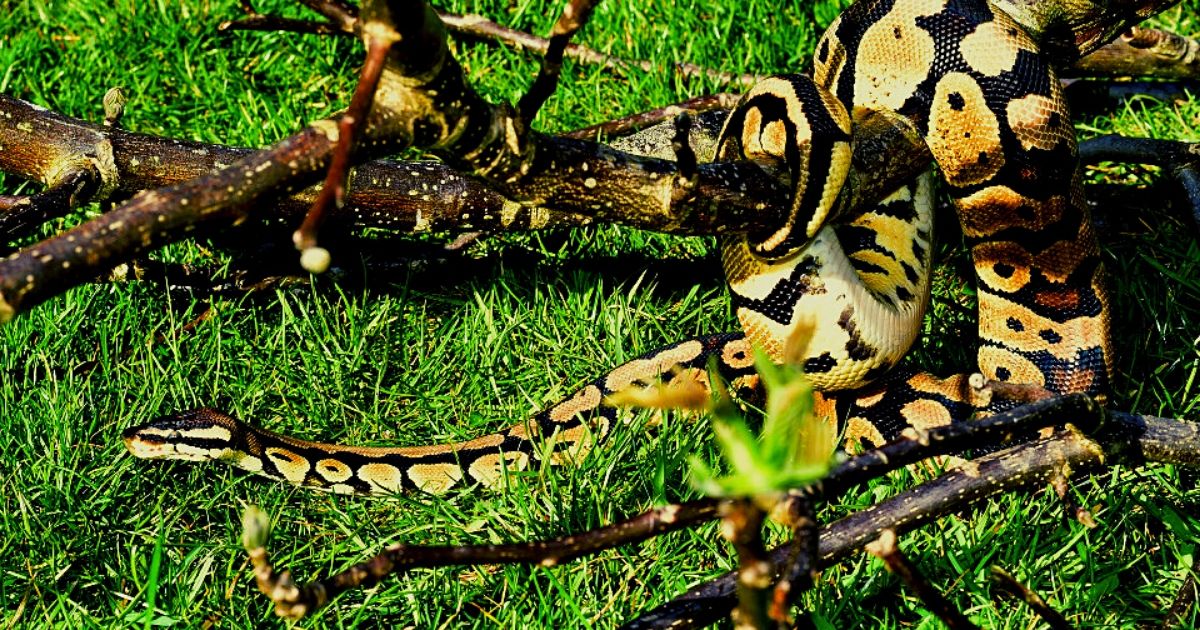Handling Snakes in Singapore
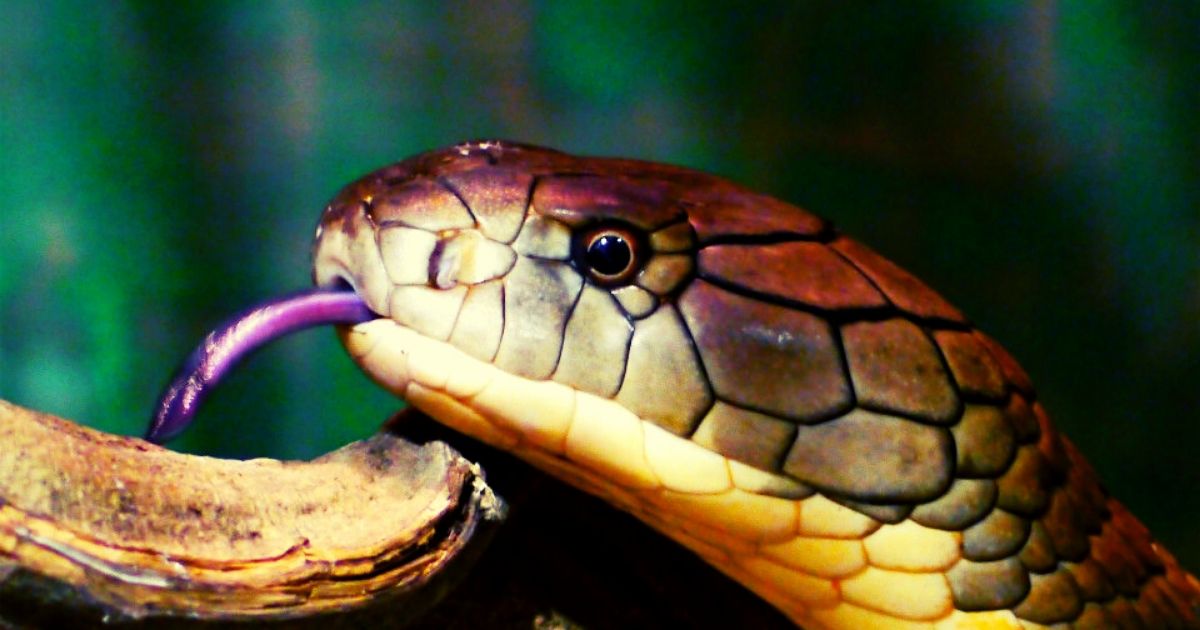
Snakes have been frequently making the news in Singapore. Singapore is filled with green plants and colourful flowers; this landscape not only fascinates the public but also attracts a wide range of wildlife around the area.
As a tropical country, it is not uncommon to encounter snakes in Singapore and urbanisation has forced them to live in close proximity to houses and buildings.
The encounter with a snake can be a surprise, hence, it is important to be educated and to understand the basics of how to handle snakes.
It is easy for us to differentiate snakes from other wildlife, but most of us have little knowledge of their species, biology, behaviour and most importantly, whether they are venomous or not.
6 common snakes found in Singapore
- Banded Kraits (Bungarus Fasciatus), is one of the venomous snakes that prey primarily on rodents, cats, lizards, and fish. This species is nocturnal and usually can be spotted near rodent holes, termite mounds and places close to water.
- Banded Malayan Coral Snakes (Calliophis intestinalis), are venomous snakes that are active at night and prey on other snake species. They are usually spotted in forests, parks and gardens.
- Black Spitting Cobras (Naja sumatrana), spit venom when they feel threatened and they aim their venom at the victim’s eyes. They are also nocturnal species, feed on rodents and amphibians, and can be found in cooler places like shelters, drains and garden walls.
- King Cobras (Ophiophagus hannah), the largest venomous snakes in the world are very different compared to other venomous snakes. If encountered, it is best to stay clear of its path and move away quickly as a bite and venom from this snake can be fatal. King Cobras can be seen in forests or lowland areas to areas of high elevation.
- Oriental Whip Snakes (Ahaetulla prasina), not all are venomous and the venomous ones will not result in death. Their venoms are not strong enough to kill a human. Small birds, frogs and lizards usually fall prey to this snake. This species can be found in forests, parks, residential areas with trees and amongst vegetation.
- Reticulated Pythons (Malayopython reticulatus), are non-venomous and active mostly at night from low land to highland, mangroves, forests and drainage canals. Although they may not be venomous, they are still able to bite and suffocate their victim.
Handling Snakes by Killem Pest
Many agencies like Wildlife Reserves Singapore (WRS), Animal Concerns Research and Education Society (ACRES) and Agri-Food & Veterinary Authority of Singapore (AVA) are dedicated to protecting and educating the community about wildlife. Killem is no stranger to wildlife and handling snakes, working closely with these agencies to ensure that these animals are handled with care and handed over to them. Our PCOs are kept updated on any changes and continually attend seminars like the Wildlife Handling Seminar organised by the Singapore Pest Management Association (SPMA).
Our PMPs are trained in using a variety of equipment to trap and handle snakes safely and humanely. Snake tongs are a piece of equipment with a long pole that ensures a safe distance from the head of the snake. The controllable jaws at the end of the grabber help to lift or drag the snake away firmly and gently. Besides snake tongs, other ways snakes can be captured include using towels, bags, pillowcases and dustbins.
Venomous snakes require more caution when handling compared to non-venomous snakes as they differ in terms of movement and behaviour where the former moves its head before moving its body.
The Complete Guide to Snake Prevention, Treatment and Control in Singapore
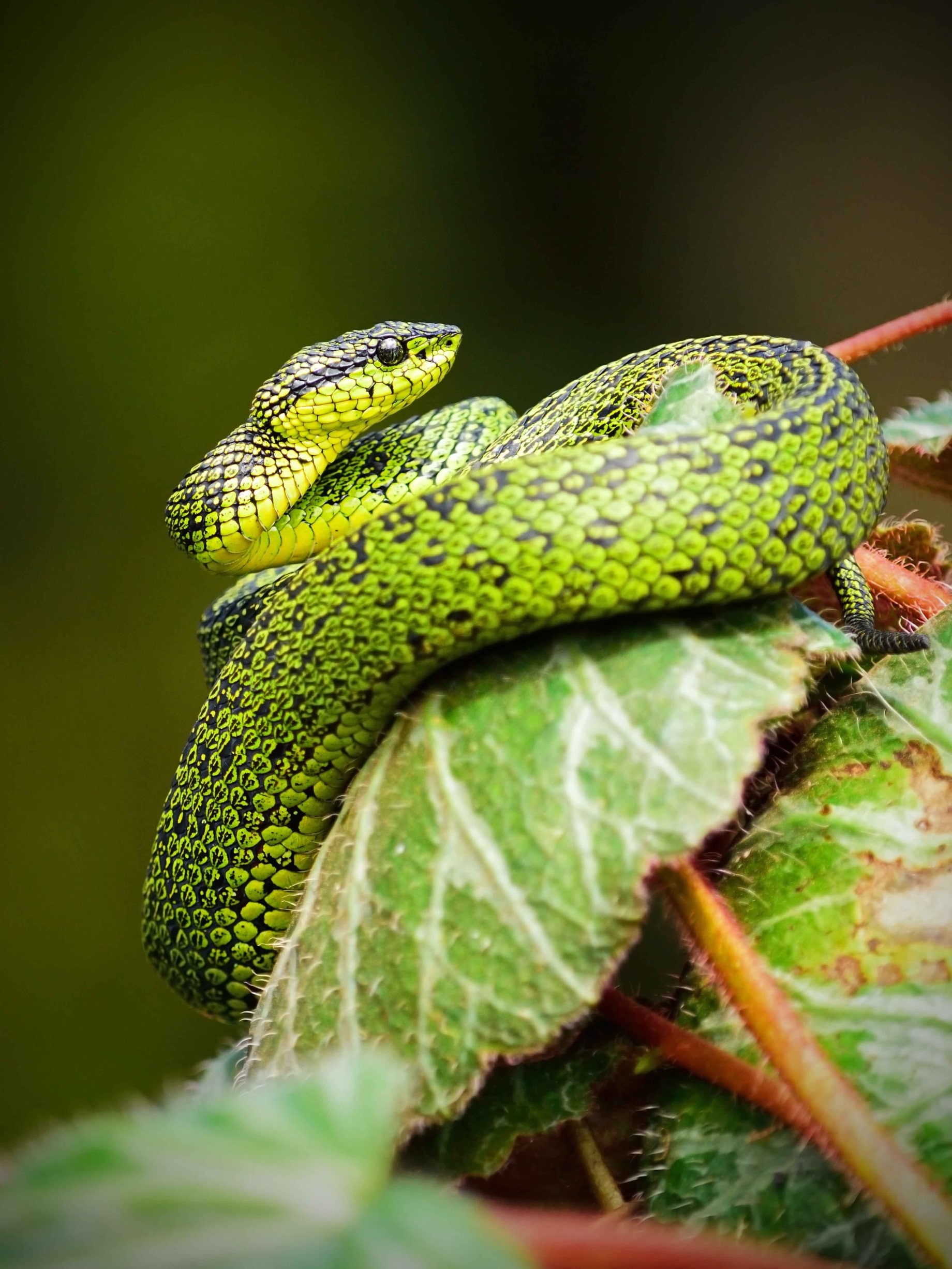
From our experience, snakes should never be restrained at the head or by their tail. This is because these are their sensitive regions, restraining their head and tail can provoke their aggressive behaviour as they feel threatened. Restrained or temporarily captured venomous snakes should always be labelled, as some can spit venom up to 2m and even chew through the bags they are contained in.
What to do When You Encounter a Snake?
Snakes are not as terrifying as they seem. By knowing what to do when you encounter them, no harm will be done to you or the snakes. Always remind yourself to remain calm and not panic when seeing a snake. Panicking may cause you to make the wrong decisions. The snake may be startled or provoked by your actions thus causing them to attack you.
Pro Tip: Snakes usually have no interest in humans as they usually prey on other small animals.
It is likely for snakes to flee when they see humans, so you should also walk away from them if possible.
Handling snakes on your own is not a good idea. Seeking help from professionals will be the right way. If you ever get bitten by a snake, it is important that you stay calm and seek immediate medical attention. You might have probably seen someone sucking out snake venom from a victim in a movie scene. However, in the reality, it is almost impossible to suck the venom out as it spreads quickly and efficiently in the lymphatic system. The best thing to do in case you get bitten by snakes is to minimize movement and call a doctor or an ambulance immediately.
Frequently Asked Questions
Although snakes mostly live in forested areas, you can encounter them in city areas as well. Gardens and lawns or parks can be hot spots for snakes.
Snakes can enter your house through holes and cracks in the building, or they can also squeeze into gaps between doors or water pipes, or climb into the attic.
It is advised not to try to get rid of snakes on your own, so better call the wildlife control company. While you are waiting for help, you can try to create a barrier around the snake and open doors and windows for it to escape.


